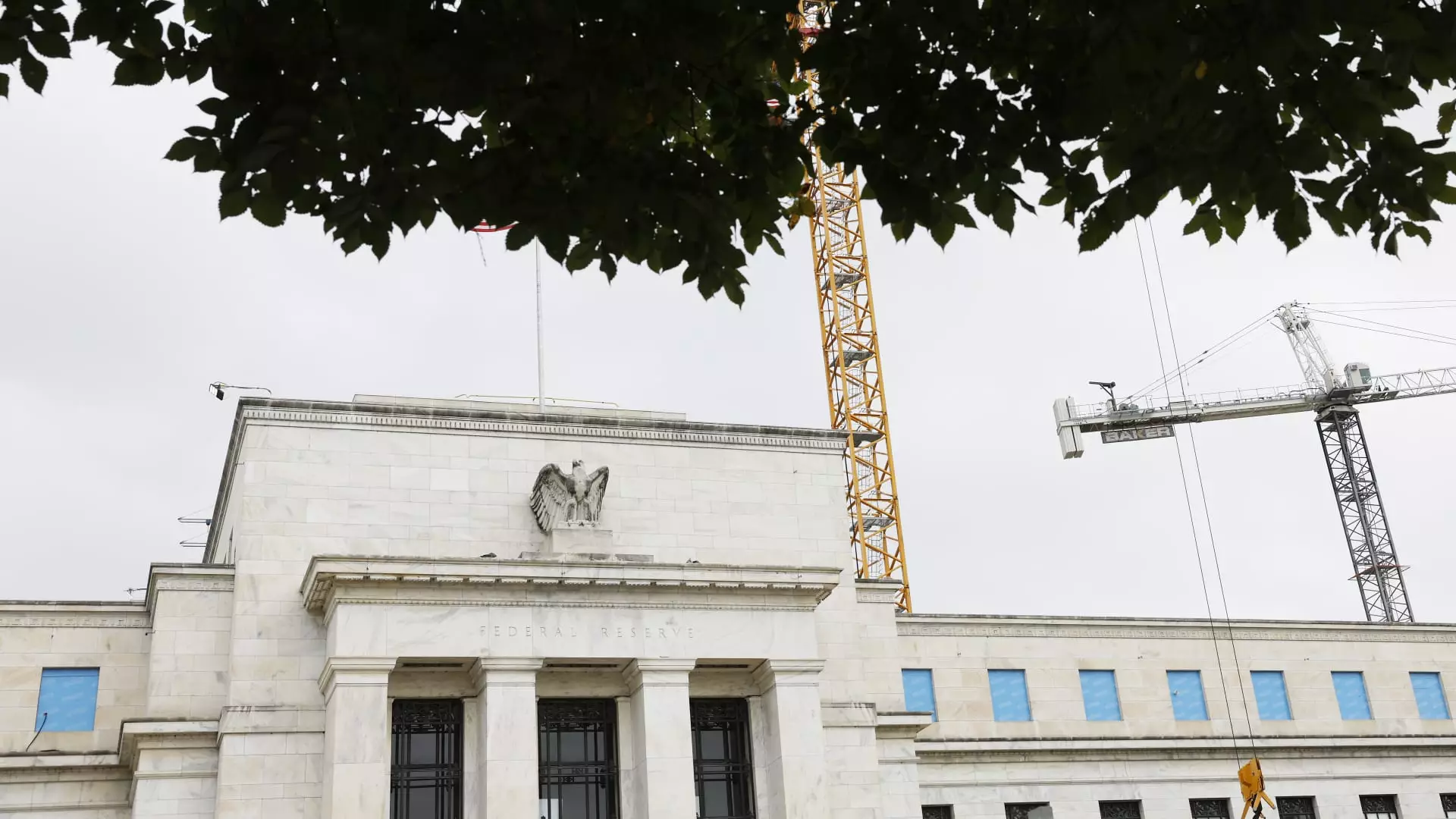Elon Musk, the enigmatic billionaire known for his twin roles as CEO of Tesla and SpaceX, is stepping into the fray with a bold critique of government spending. His focus? The staggering $2.5 billion renovation of the Federal Reserve building. In a recent interview, Musk expressed incredulity over the immense price tag attached to what he considers mere redecoration. “What in the world could possibly justify a $2.5 billion facelift?” he challenged. His questions signal not just skepticism about this particular expenditure, but rather an urgent clarion call to reevaluate the manner in which public funds are allocated.
Budget Overruns and Mismanagement
Initially pegged at $1.9 billion, the Fed renovation has ballooned in cost due to a confluence of issues: rising materials prices, construction delays, design revisions, and site irregularities. The rationale provided by Federal Reserve officials—that the renovations will ultimately lead to long-term savings through efficiency and a consolidated workforce—falls flat when viewed through the lens of fiscal responsibility. This apparent failure to manage a significant public project effectively raises critical doubts and exemplifies a systemic lack of accountability within government institutions.
Misconceptions About Federal Funding
Musk’s critique, while valid, stumbles into the murky waters of misunderstanding how the Federal Reserve operates financially. Contrary to popular belief, the Fed is not directly financed by taxpayer money. Instead, it generates income through interests on securities and fees levied on banks under its purview. Moreover, any profits beyond operational costs typically flow back into the Treasury. Yet, with rising interest rates leading to unprecedented operational losses, one must question whether such extravagant renovations should be prioritized at all.
Taxpayers vs. Accountability
While it’s persuasive to evoke a taxpayer-centric view when discussing government expenditures, the reality is that the Federal Reserve’s financial structure defies simple categorization. Yes, public accountability is vital, especially when it involves massive sums of money. Musk’s assertion that the public deserves transparency regarding these renovations is crucial. Asking for documentation and images of the supposed ‘value’ gained is not merely a frivolous demand; it embodies a necessary push for clearer accountability in government spending.
The Bigger Picture: A Culture of Waste
Musk maintains that examining this costly renovation is only part of a larger endeavor: identifying and eliminating government waste. This sentiment resonates across the political spectrum, particularly among center-wing liberals who are disillusioned with the seemingly endless cycle of mismanagement that characterizes certain governmental projects. The notion of spending $2.5 billion on aesthetic enhancements rather than pressing societal issues, such as healthcare or education, is alarming. It serves as a potent reminder that while we debate fiscal policies and funding allocations, the priorities of our institutions often seem misaligned with the urgent needs of the populace.
In essence, the scrutiny Musk brings to this situation could not come at a better time; it challenges us as a society to ponder what it truly means to be accountable to the people—an obligation that many in power often overlook amid grandeur and extravagance.

